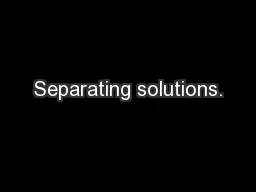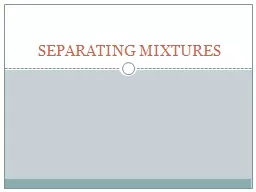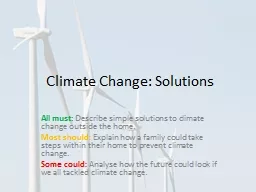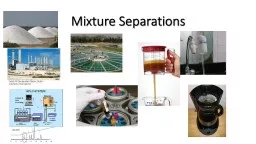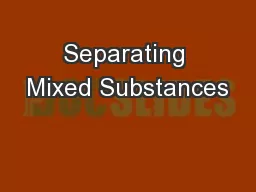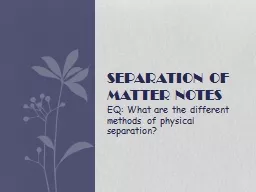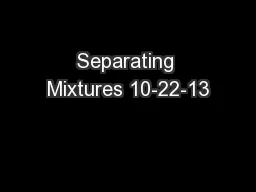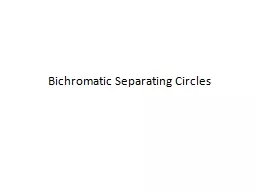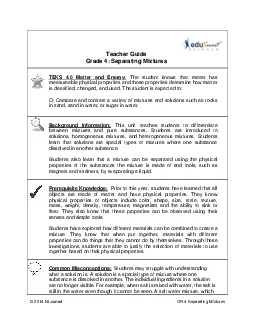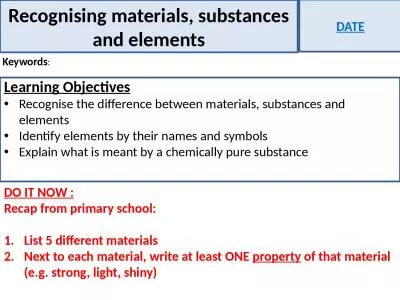PPT-Separating solutions.
Author : alexa-scheidler | Published Date : 2016-03-15
This side shows the Manitoba curriculum idea This side shows the notes you should try to write down What are solutions Identify solutes and solvents in common solid
Presentation Embed Code
Download Presentation
Download Presentation The PPT/PDF document "Separating solutions." is the property of its rightful owner. Permission is granted to download and print the materials on this website for personal, non-commercial use only, and to display it on your personal computer provided you do not modify the materials and that you retain all copyright notices contained in the materials. By downloading content from our website, you accept the terms of this agreement.
Separating solutions.: Transcript
Download Rules Of Document
"Separating solutions."The content belongs to its owner. You may download and print it for personal use, without modification, and keep all copyright notices. By downloading, you agree to these terms.
Related Documents

